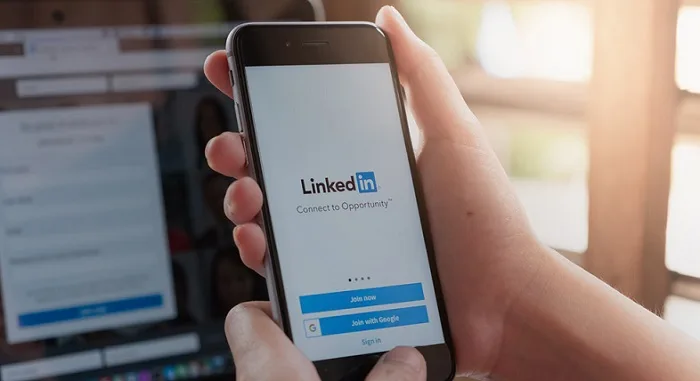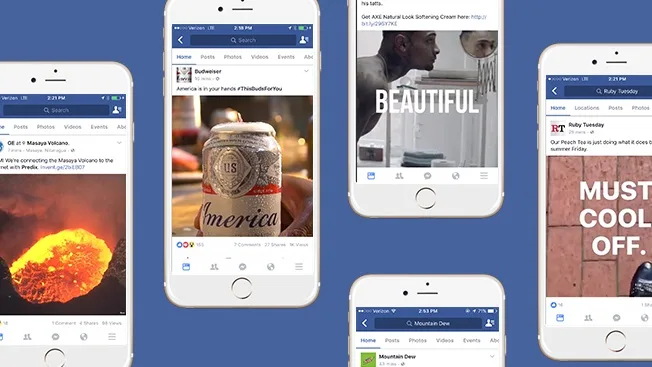
LinkedIn Launches In-Feed Video Carousels
LinkedIn, the world’s largest professional networking platform, has recently launched a new feature: in-feed video carousels. This development aims to enhance user engagement by allowing businesses and individuals to share multiple videos within a single post. The feature is designed to cater to the growing demand for visual content, enabling users to deliver more dynamic and interactive experiences to their audience.
What Are In-Feed Video Carousels?
In-feed video carousels are a new addition to LinkedIn’s suite of content sharing tools. They allow users to upload and share multiple videos in a single post, which viewers can swipe through directly from their feed. This feature is similar to Instagram’s carousel posts but is tailored to a professional audience. With video carousels, companies can present product showcases, highlight multiple aspects of a service, or even share step-by-step tutorials in a cohesive and engaging format.
The introduction of video carousels reflects LinkedIn’s commitment to providing its users with more engaging ways to share content. By leveraging the power of video, users can convey their messages more effectively, leading to higher engagement rates and better visibility on the platform.
Why This Matters for Marketers
For marketers, LinkedIn’s new feature opens up a world of possibilities. The ability to share multiple videos in a single post means that brands can now deliver richer, more comprehensive storytelling experiences. This can be particularly beneficial for B2B marketers, who often need to explain complex products or services. With video carousels, marketers can break down their messaging into digestible segments, making it easier for potential clients to understand their offerings.
Moreover, video content is known to perform better in terms of engagement compared to static images or text. By incorporating video carousels into their LinkedIn strategy, marketers can expect to see higher engagement rates, improved brand awareness, and potentially more leads and conversions.
LinkedIn has also reported that posts with videos receive five times more engagement than those without, underlining the potential impact of this new feature.
How to Use LinkedIn Video Carousels Effectively
To make the most of LinkedIn’s in-feed video carousels, it’s important to follow some best practices. Firstly, ensure that each video in the carousel adds value and contributes to the overall narrative. Randomly adding videos can confuse viewers and dilute your message. Instead, use the carousel format to create a logical progression that keeps the audience engaged throughout.
Another key tip is to keep videos short and to the point. Attention spans are limited, especially on social media platforms. Aim for videos that are no longer than 30 seconds to maintain viewer interest. Additionally, include captions or text overlays to make the videos accessible to users who may be viewing with the sound off.
Finally, always include a clear call-to-action (CTA). Whether it’s encouraging viewers to visit your website, sign up for a newsletter, or contact your sales team, a strong CTA can drive further engagement and help achieve your business objectives.

Examples of Successful Video Carousel Campaigns
Since the feature’s launch, several brands have already started leveraging LinkedIn video carousels with great success. One example is a technology company that used the carousel format to demonstrate different features of its new software. Each video in the carousel highlighted a unique feature, providing a comprehensive overview while keeping viewers engaged.
Another successful campaign involved a professional services firm showcasing client testimonials. By using video carousels, the firm was able to share multiple client success stories in a single post, offering a powerful endorsement of its services.
These examples demonstrate the versatility of LinkedIn’s video carousel feature and how it can be used creatively to engage with audiences in a professional context.
The Role of Video in Professional Networking
The introduction of in-feed video carousels marks a significant step for LinkedIn as it continues to evolve beyond a simple job-seeking platform. As video content becomes increasingly popular across all social media platforms, LinkedIn’s embrace of this trend signifies its recognition of the power of video in professional networking.
Looking ahead, it’s likely that LinkedIn will continue to expand its video capabilities, providing users with more tools to create and share high-quality video content. As businesses and professionals adapt to these changes, we can expect video to play an even larger role in how we connect, share information, and build relationships on LinkedIn.
In conclusion, LinkedIn’s in-feed video carousels offer a powerful new way for businesses and professionals to communicate with their audiences. By embracing this feature and following best practices, users can enhance their presence on the platform and achieve their professional goals.
